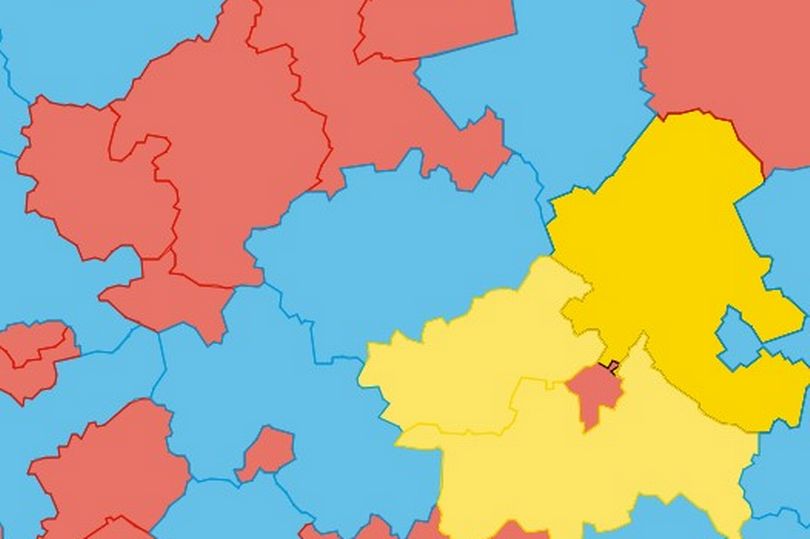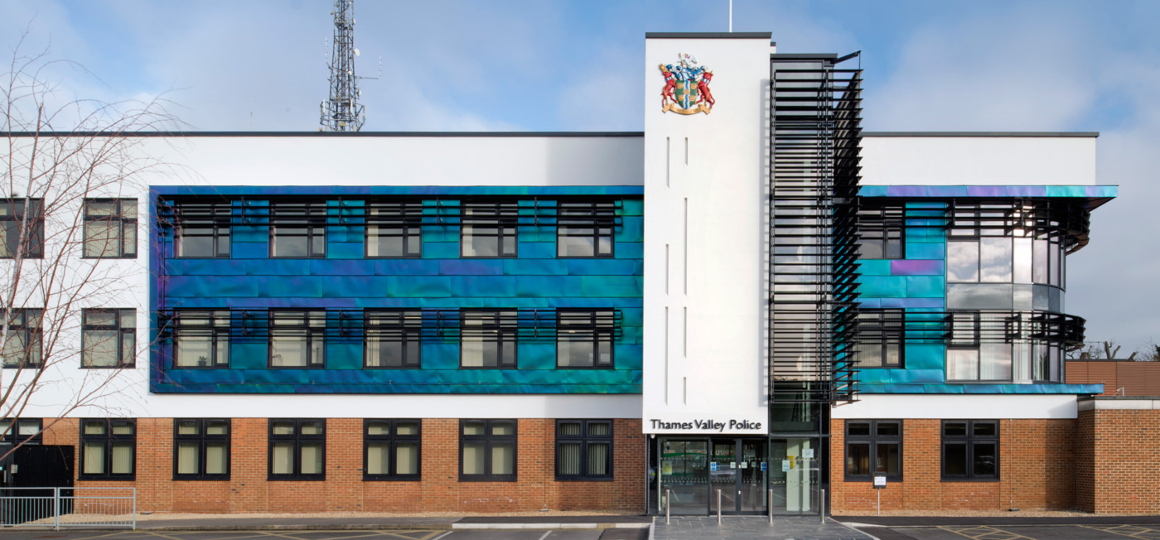The bustling town of Aylesbury is bracing itself for significant travel disruptions as a crucial thoroughfare into the town is […]
The Cambridgeshire election results have been declared, and the political landscape of the county has seen notable shifts. This article delves into the detailed results, highlighting the changes in leadership across various seats and providing an in-depth analysis of what these results mean for the future of Cambridgeshire.
Summary of the Electoral Shift
The latest election results have brought significant changes to the political map of Cambridgeshire. Several key seats have switched hands, marking a transformative period for local governance. Voters have expressed their voices, leading to a reshuffling of representation in various districts.
Seats that Changed Hands
One of the most striking aspects of this election has been the turnover in some traditionally held seats. Notably, areas such as [District A], [District B], and [District C] have seen new representatives taking office. This shift indicates a potential change in priorities and policies that will be pursued in the coming term.
Analysis of the Overall Results

The overall results from across Cambridgeshire reveal a mixed bag of continuity and change. While some long-standing members managed to retain their positions, the emergence of fresh faces signifies a dynamic political environment. Factors contributing to this outcome include voter sentiment on local issues, national party influences, and the effectiveness of individual campaigns.
Impact on Local Governance
The implications of these election results are profound for local governance. New leaders bring new perspectives and policies, which could lead to advancements or shifts in areas such as housing, education, healthcare, and infrastructure. Monitoring how these elected officials fulfill their campaign promises will be essential for constituents.
Future Projections
Looking ahead, the newly elected officials have a challenging road ahead as they navigate the expectations of their electorate. The political composition of Cambridgeshire now presents a unique opportunity for collaboration and bipartisan efforts to address pressing local issues. How well these officials can work together will significantly influence the region's development in the near future.
Conclusion
The Cambridgeshire election results have painted a vivid picture of a county in transition. With several seats changing hands, there is both excitement and anticipation about the direction in which the new leadership will take the region. Citizens and analysts alike will be closely watching how these changes unfold, with hopes set high for positive transformations and effective governance.
